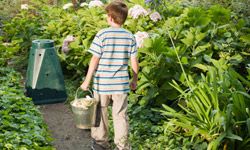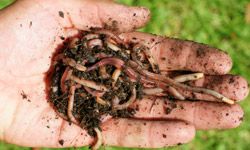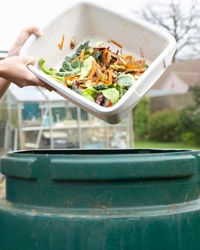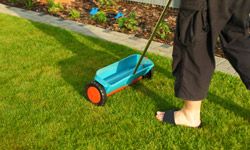Consumers throw away more than 200 million pounds (90,718 metric tons) of trash every day in the United States. Fifteen percent of it comes from our kitchen and yard waste, and generally ends up in our landfills [source: Bailey].
Composting keeps this nutrient-rich organic matter from going to waste by turning it into fertilizer for your container vegetables, window boxes and hanging baskets. It's a way to speed up nature's recycling process by creating the ideal conditions for rapid decomposition of organic materials, turning the nutrients from once-living materials into humus -- a fertile dark, crumbly material that helps improve soil health.
Advertisement
The humus produced by composting is a source of minerals and nutrients that are essential for plant growth. While synthetic fertilizers may provide a temporary solution for poor soil, composting changes the structure of the ground making it nutritionally rich. It also benefits the environment by recycling valuable organic resources, reducing air pollution from refuse trucks and extending the life of landfills.
Contrary to what you might think, composting doesn't smell bad, it isn't expensive to set up and it's easy to do. In fact, bugs and worms do most of the work for you. Plus, it allows you to make the most of the small space you may have available in the city for gardening.
Can't wait to get started? Read on for some tips on composting in the city.





